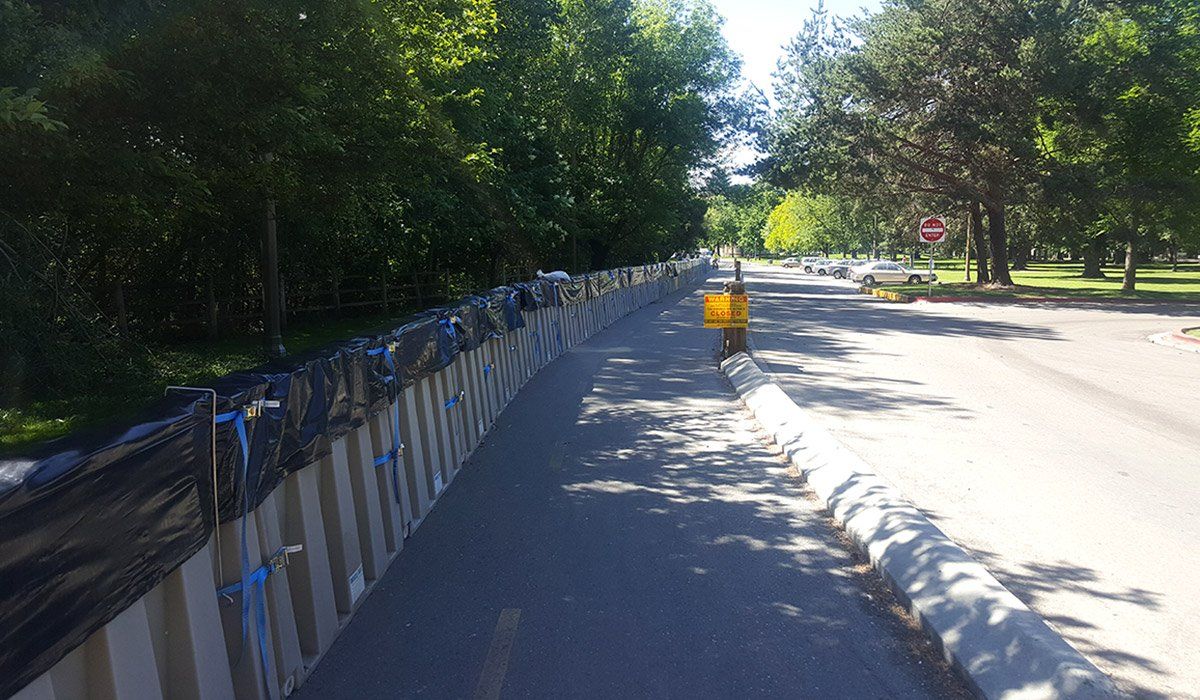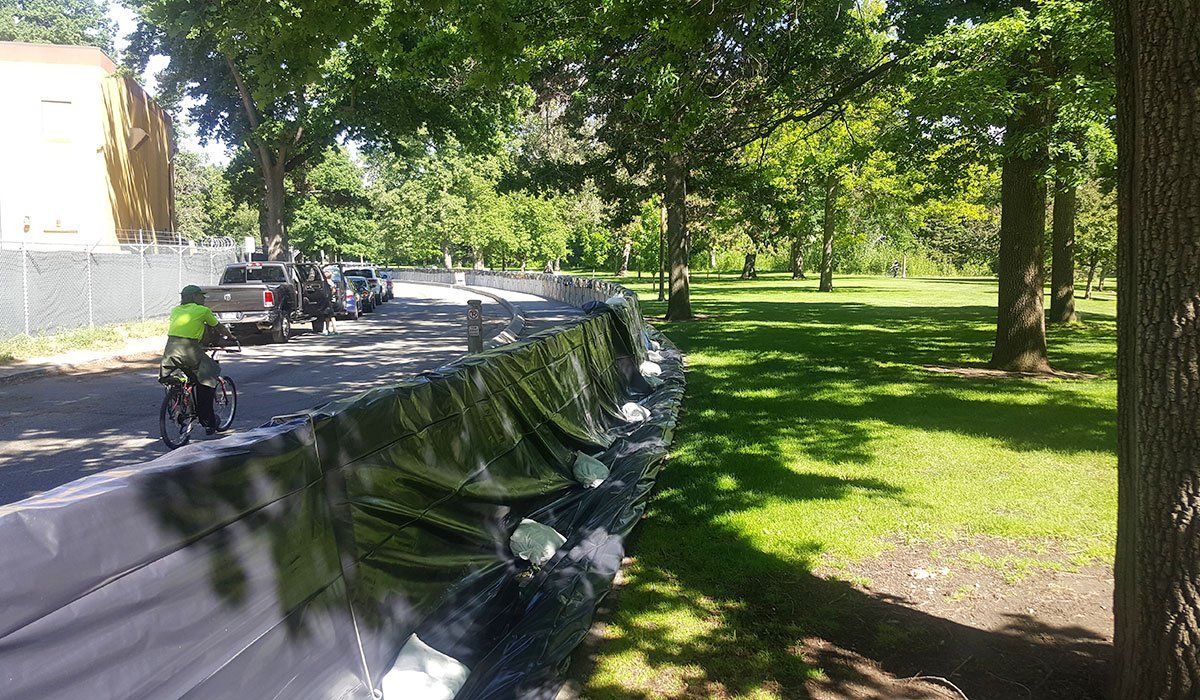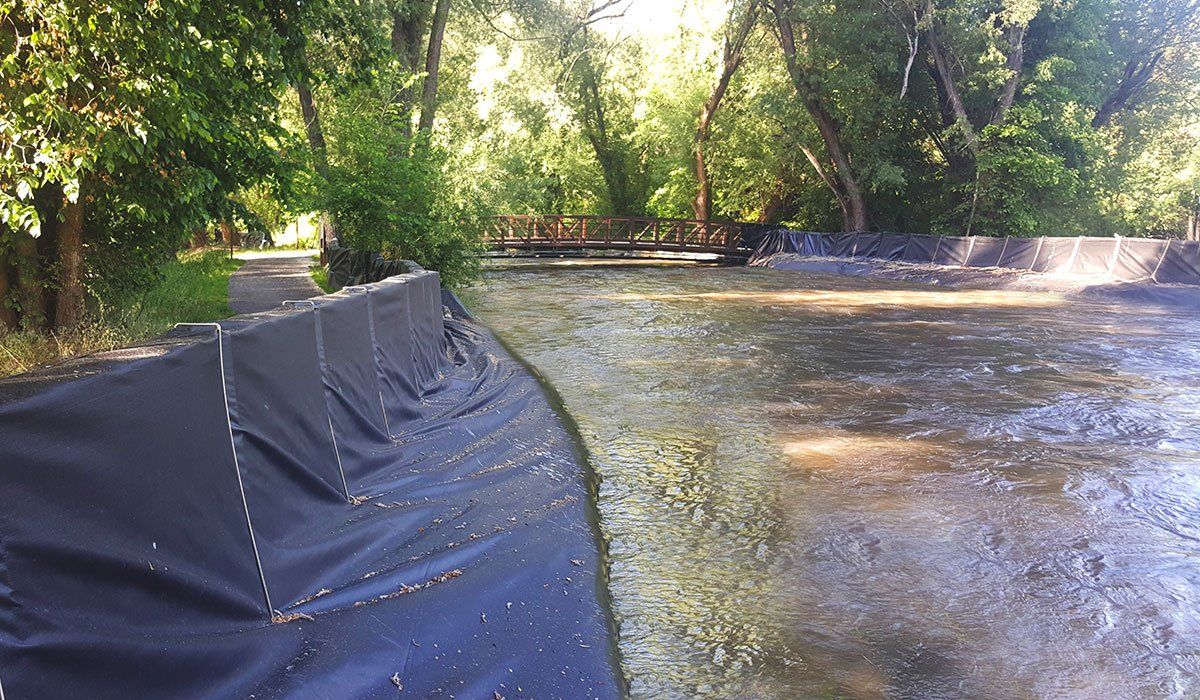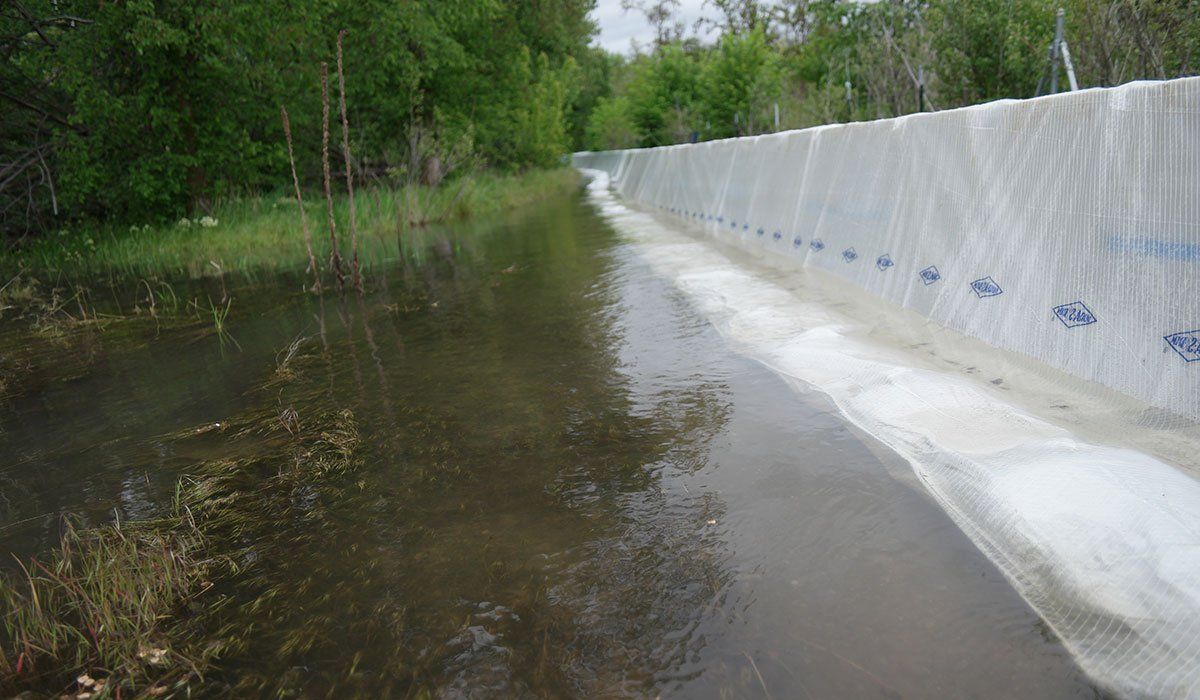Post-Fire Flood Control: Protecting Colorado Properties from Erosion and Debris Flow
Wildfire devastation extends far beyond the initial burn. When vegetation is destroyed, soil becomes loose and unstable, creating severe flood and erosion risks during subsequent rainfall. The Fruita, Colorado case study demonstrates how proactive flood control measures can protect valuable properties from post-fire devastation.
The Post-Fire Flooding Challenge
After wildfires sweep through an area, the landscape becomes vulnerable to secondary disasters:
- Burned vegetation leaves soil loose and exposed
- Heavy rainfall creates flash flood conditions
- Debris flow carries mud, rocks, and organic matter
- Property damage can exceed original fire losses
Fruita, Colorado Success Story
In spring 2021, fires ravaged the landscape surrounding Fruita, Colorado. Anticipating post-fire flood risks, Kuersten Construction and SGM Engineering implemented proactive flood control measures before the rain season.
The Implementation
- 4-foot Muscle Wall systems were installed prior to heavy rainfall events
- Strategic placement protected large ranches and residential properties
- Multiple flood events tested the system's effectiveness
The Results
During subsequent flood events:
- Flood waters rose within 2 inches of the 4-foot wall tops
- Water and mud were successfully retained throughout multiple events
- Protected homes and properties sustained no damage
- The Muscle Wall system itself remained undamaged and functional
Engineering Excellence Recognition
The Fruita project's success earned recognition from the U.S. Forest Service, which awarded the contractor the Aquatic Stewardship Award for 2024, highlighting the environmental and property protection benefits of proactive flood control.
Property Owner Testimony
"WE BELIEVE IN YOUR PRODUCT! THE MUSCLE WALL IS THE ONLY BARRIER BETWEEN OUR CABINS AND THE RAGING RIVER," reported Malli Larson, a protected property owner.
Tyler Searle, Muscle Wall Technical Engineer, noted: "Nothing is more rewarding than engineered preparation meeting and conquering what could have been a catastrophic storm event. Huge thank you to SGM Inc. & Kuersten Construction LLC, Mesa County, and the Colorado USDA-NRCS for their help protecting this Colorado Residents' property."
Technical Advantages for Post-Fire Applications
Modern barrier systems offer specific benefits for post-fire flood control:
Rapid Response Capability
An experienced crew of four people can fully deploy 100 feet of 2-foot Muscle Wall in normal conditions in about 30 minutes, providing flexibility during unpredictable post-fire recovery periods.
Customizable Configuration
Modular 6-foot sections allow for custom configurations around existing structures and terrain features. The patented connections pivot 11 degrees forward and backward, enabling the system to adapt to uneven terrain and meander to fit most circumstances.
Dual-Purpose Design
Muscle Wall was designed as a very rapid deployment system in cases of emergency, but there is no reason it can't be left deployed over the long-term, with customers who have had systems deployed for many years.
Environmental Compatibility
The system nestles into the environment in a non-invasive manner, offering protection and safety, while not taking away from the beauty and value of the landscape and property.
Professional Implementation
Success in post-fire applications requires proper engineering and installation:
- Site assessment by qualified engineers
- Strategic placement based on water flow patterns
- Coordination with local emergency management teams
- Integration with broader watershed protection strategies
For communities in fire-prone regions, proactive flood control planning can prevent post-fire property losses that often exceed the original fire damage. The Fruita case study demonstrates that proper preparation and modern barrier technology can effectively protect both physical assets and financial investments during vulnerable post-fire recovery periods.






